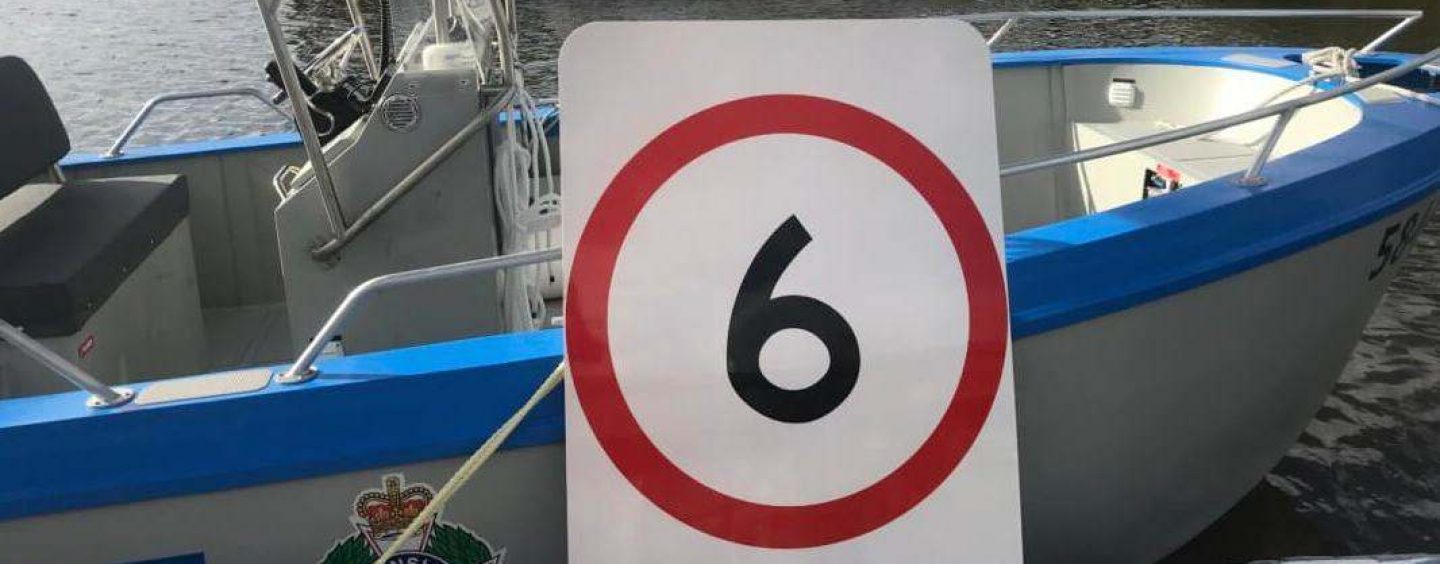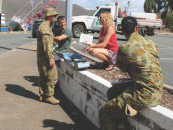Gold Coast Waterways Authority (GCWA) released the Speed Limits and Behaviour Management Strategy 2018-2020 in March 2018 following extensive consultation, and it has received positive feedback from across the community.
The Strategy contributes to GCWA’s objective of shining a spotlight on Gold Coast waterways so they become something that residents, visitors and commercial operators can use, understand, respect, protect, enhance and enjoy as much as the region’s beaches. A key part of achieving this vision involves responsibly setting maximum speed limits for locations within the waterways network that accommodates the Gold Coast’s rapidly increasing level of water traffic and congestion, to address resilience and specific waterways issues or problems; and at the same time, understand the importance of transport efficiency for water traffic for the effective management of the waterways.
Boating activity on Gold Coast waterways is growing steadily, with over 12% of Queensland’s recreational boats now located within the Gold Coast region. Based on the most recent statistics available from Department of Transport and Main Roads (TMR), there are now more than 32,000 recreationally registered boats and almost 700 domestic commercial vessels in the Gold Coast local government area. These statistics reinforce the importance of seeking a balanced solution for speed limits and a necessity to promote responsible operations of vessels on our waterways.
The Strategy is a guiding framework for responsibly managing speed limits across Gold Coast waterways into the future. It is the next stage in a longer-term process that has actively sought community views through consultations undertaken in 2014 and 2016 that looked at the way speed limits are set, monitored and managed on the Gold Coast.
The most recent consultation saw around 1,200 submissions and resulted in four main recommendations:
• Promotion of a focus on wash
• Support for ‘keeping it simple’ by retaining a 3-zone system
• A focus on user behaviour and looking at the role of education versus enforcement
• Removal of unnecessary 6-knot areas where safe to do so.
The first two changes were introduced in March at Paradise Point and Crab Island. The first was a new trial 6-knot speed limit for all vessels near Paradise Point. This is to assist enforcement by Gold Coast Water Police and Queensland Boating and Fisheries Patrol in targeting the problem of speeding jet skis and speed boats. The second was a new 6-knot speed limit for vessels 8 metres and over near Crab Island to address the problem of damaging wash caused by larger vessels in this area during sailing activities.
In May, the next two changes were implemented. The third change was a new speed limit of 6 knots for all vessels in McCoys Creek at Coomera to target the specific problem of damaging wash within this confined waterway, and is consistent with the go-slow area for the nearby Moreton Bay Marine Park. Fourth on the list was a new trial 6-knot speed limit for vessels 8 metres and over at Jacobs Well to target the specific problem of damaging wash from larger vessels within the buoy mooring area of this busy waterway.
The fifth and final change was introduced at the end of June, and is for a trial period of one year in the South Arm of the Coomera River. Vessels less than 8 metres will be able to travel at 40 knots and the current 6 knots limit will remain in place for vessels 8 metres and over. This change targets the specific problem of damaging wash caused by the speed of larger vessels navigating the area, while providing improved transport efficiency for smaller vessels that generally create less energy wash when travelling at higher speeds.
A vessel’s speed, the extent of its wash, and compliance with relevant rules and regulations all fall within the control of the vessel’s master. GCWA recognises the heavy obligations that rest on all vessel masters to operate their vessels in the waterways safely, including the observance of courteous behaviour towards other waterway users and being mindful of the impact of damaging wash.
GCWA will review and assess the success or otherwise of any trial changes, at the conclusion of the period and then make a decision to either permanently fix the speed limits or roll them back.
You can read GCWA’s Speed Limits and Behaviour Management Strategy in full, including details of the changes on their website at www.gcwa.qld.gov.au.



























